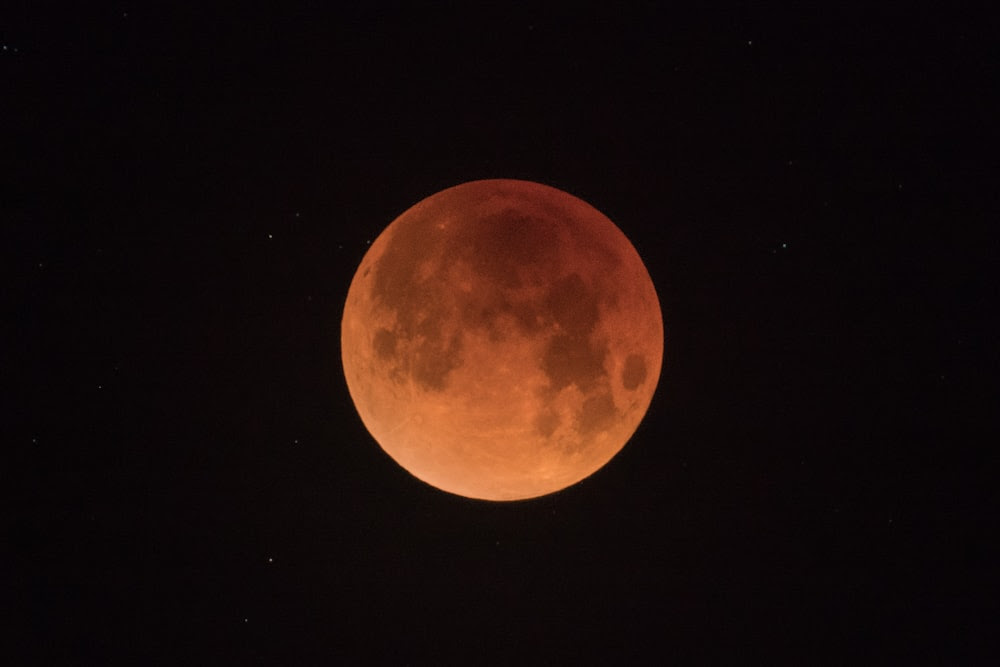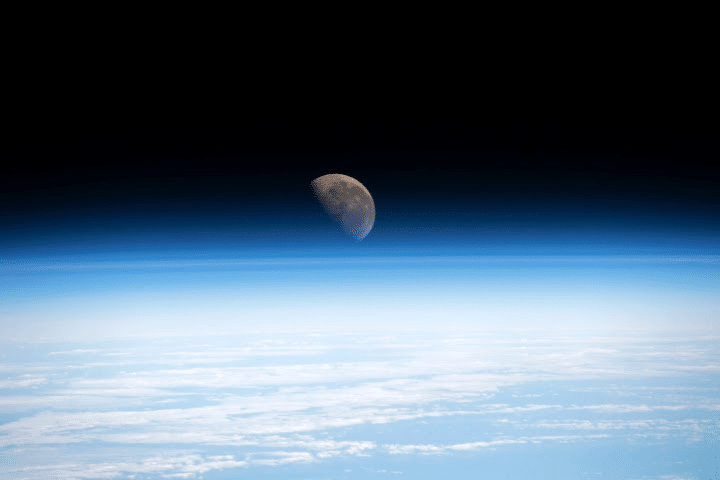
Traces of liquid water on the surface of Mars have been discovered by the Chinese rover Zhurong in regions previously thought to be totally arid. The vast amount of data collected by the rover over a year before it went into hibernation is still being exploited by Chinese scientists. Along with Perseverance and Curiosity, the Zhurong rover is one of the most active rovers on Mars, studying in particular the composition of the Martian soil in order to better understand the planet’s geological and climatic evolution.
It is now known that water once flowed on the surface of Mars several billion years ago, but climate change and the loss of the Martian atmosphere caused the water masses to evaporate, making Mars arid and desert-like. Today, the presence of water is limited to droplets condensing in the morning in high-latitude regions and ice at the poles. The data collected by Zhurong show that water could be present at lower latitudes, although until now no traces of liquid water have been discovered in the equatorial regions of Mars.

Traces of water have been found in sand dunes formed a few hundred thousand years ago. Zhurong landed in the equatorial region of Utopia Planitia on April 21, 2021, a vast plain of dunes, and began to analyse their composition. The surface of some of the dunes showed an atypical morphology, characterized by the presence of a crust and polygonal cracks, generally associated with fluid interactions.
Spectral analysis of these dunes showed that they were rich in hydrated sulphate, opal-CT, a water-bearing mineral, iron oxide and chlorides, and had a chemical signature typical of the presence of liquid water. With the age of the dunes estimated at between 1.4 and 0.4 million years, scientists believe that this interaction must have occurred in the so-called modern period of Mars.
The presence of this liquid water in the Utopia Planitia region, however, cannot be compared with the bodies of water at the origin of sedimentary deposits, such as those in the Jezero crater, observed by Perseverance. The surface of the dunes could have formed after a thin film of snow or frost had settled on them. The presence of salts in the sand could have allowed the frost to melt at relatively low temperatures, allowing droplets of salty liquid water to form on the surface. The water would have evaporated rapidly, leaving behind residues of hydrated sulphate, opal-CT or iron oxide, which hardened and formed the crust of hydrated minerals observed by the Zhurong rover.
The results of these observations, published in the journal Science Advance, date this phenomenon back some 400,000 years. It could be linked to periods of low-latitude cooling coinciding with episodes during which Mars’ obliquity was more pronounced. During these periods, the humidification of low-latitude zones would have been enabled by the transfer of water vapour from the polar caps to the equator. Since equatorial regions are characterized by higher surface temperatures and the presence of liquid water, this zone could have been a favorable environment for life.




